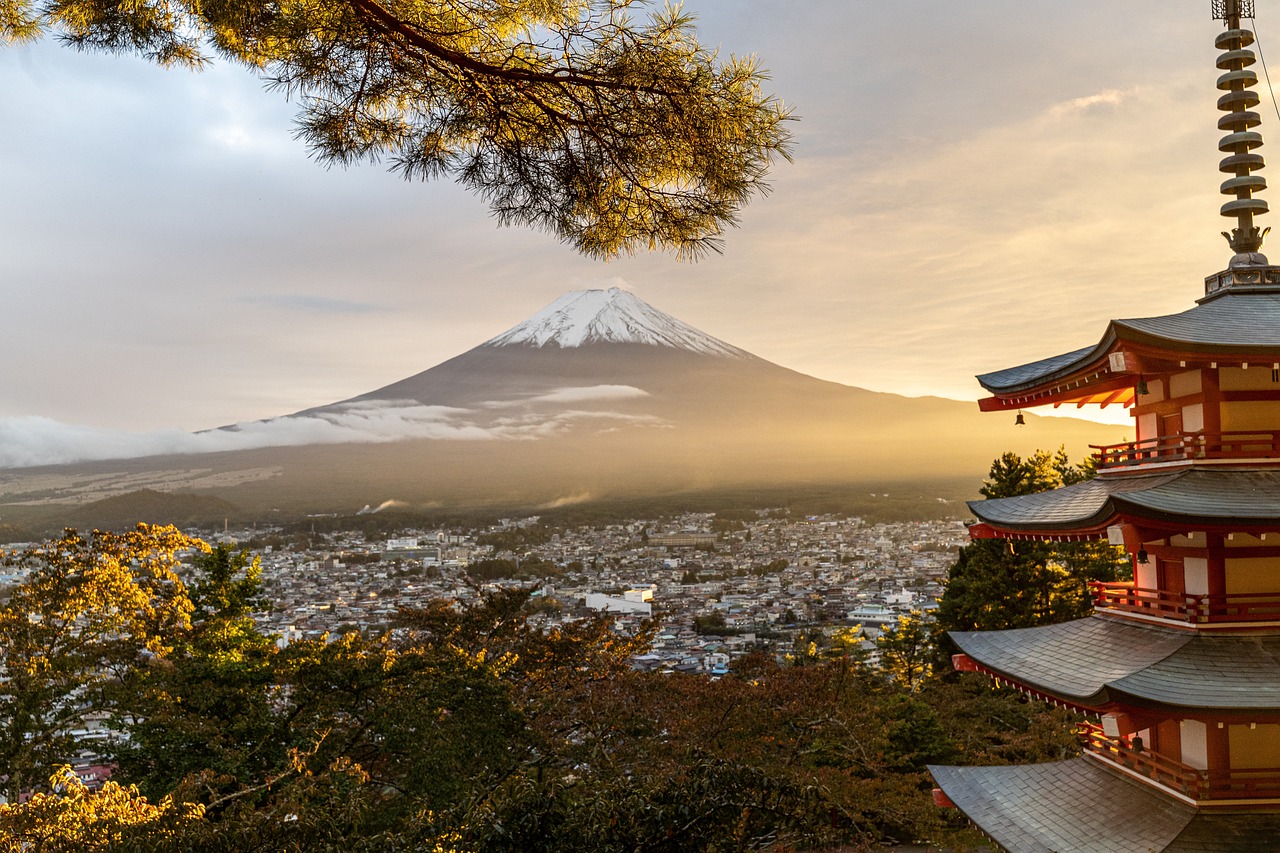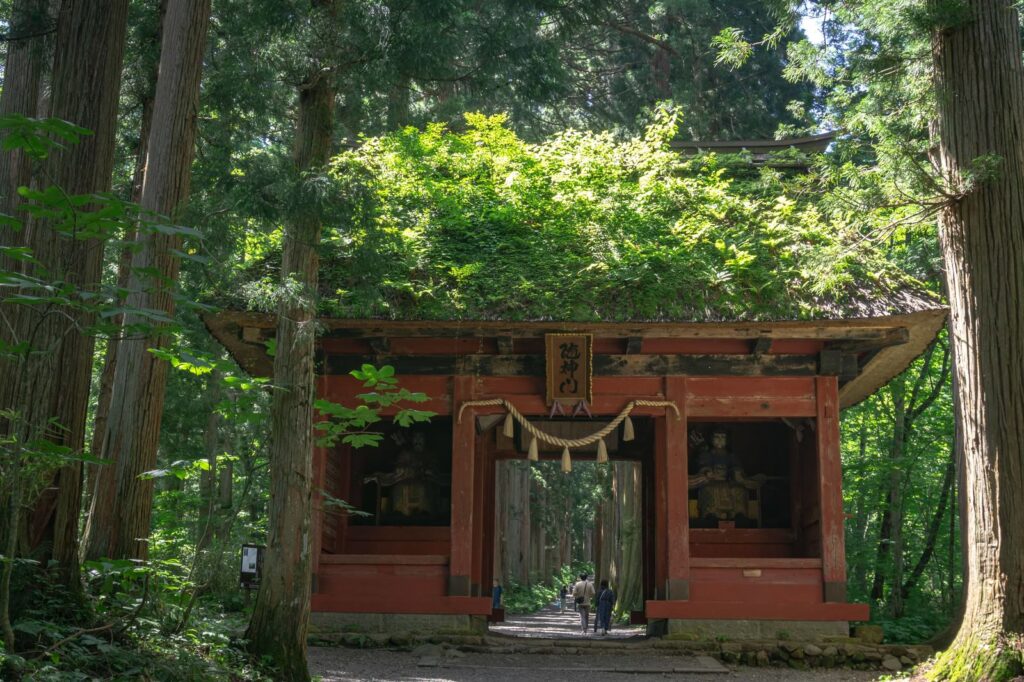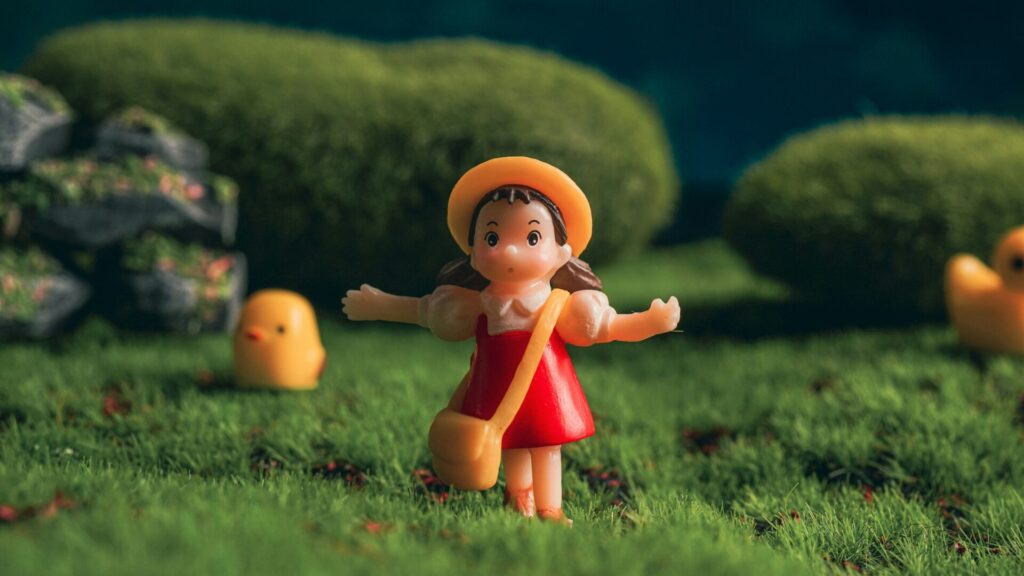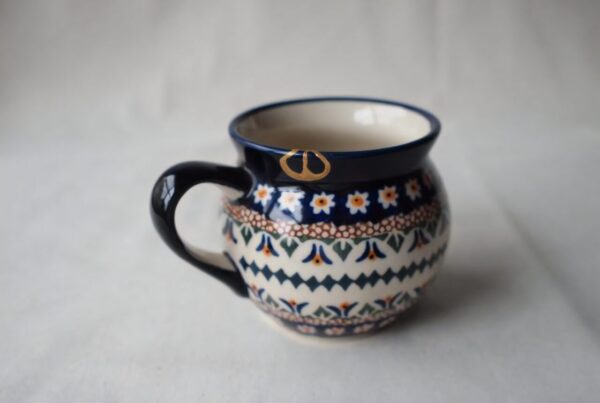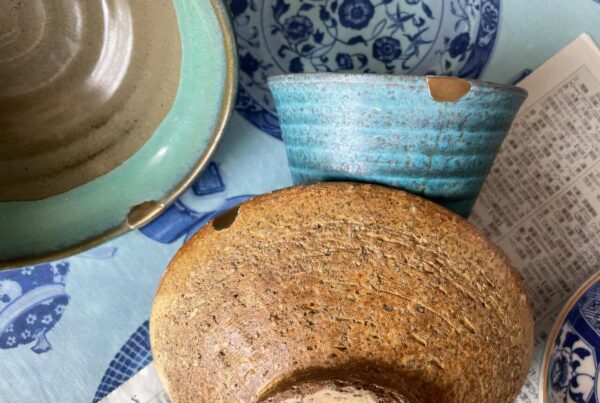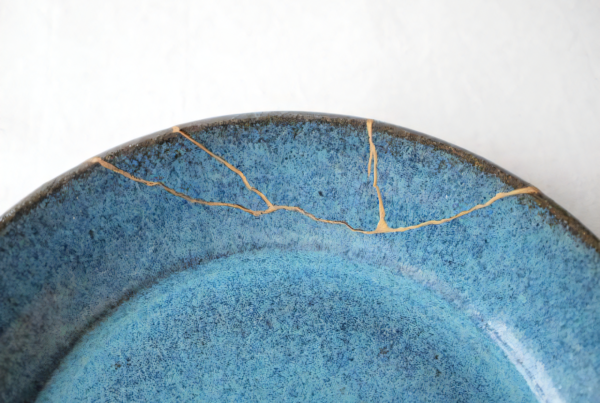The aesthetics of Japan represent a unique blend of traditional values that have persisted through the ages, and modern sensibilities that have developed in more recent times.
This confluence is a testament to the country’s profound respect for the natural world, shaped by its distinct seasonal changes, and a spiritual emphasis on the essence of things. These aspects have given rise to traditional concepts of beauty such as wabi-sabi and miyabi, while the surge in pop culture popularity has introduced new aesthetic notions like kawaii and moe. These evolving aesthetics underscore the diversity and richness of Japanese culture as it progresses through time.
This exploration delves into both the traditional and contemporary facets of Japanese aesthetics and the tools associated with them.
The Roots of Traditional Japanese Aesthetics
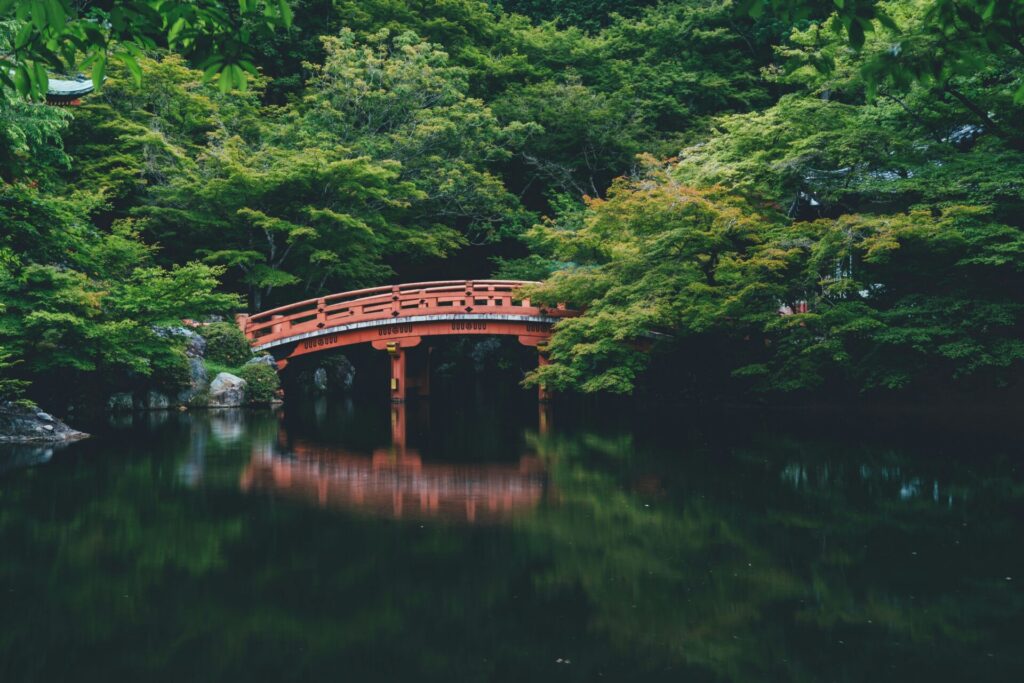 The foundation of traditional Japanese aesthetic sensibilities lies deeply rooted in the country’s rich natural landscapes and unique religious perspectives. From ancient times, the Japanese have been keenly attuned to the shifting seasons, expressing this connection through poetry, painting, and the art of garden design.
The foundation of traditional Japanese aesthetic sensibilities lies deeply rooted in the country’s rich natural landscapes and unique religious perspectives. From ancient times, the Japanese have been keenly attuned to the shifting seasons, expressing this connection through poetry, painting, and the art of garden design.
This profound appreciation for nature is intertwined with animism, the Shinto belief in the divine presence in all things, and the Buddhist concept of impermanence and beauty. Shintoism fosters a reverence for nature and ancestors, while Buddhism cultivates an appreciation for the fleeting moments of beauty, instilling a sense of value in the ephemeral. Moreover, traditional Japanese aesthetics are influenced by a spiritual inclination towards understanding the essence of things deeply yet quietly.
It is from this harmonious relationship with nature, the changing seasons, and a respectful acknowledgment of all beings that the unique Japanese aesthetic sensibilities have emerged, forming the basis of concepts like wabi-sabi and yugen, which remain at the heart of Japanese culture.
A Glimpse into Traditional Japanese Aesthetics
The delicate sensitivity and deep respect for nature inherent in traditional Japanese aesthetics have spawned a diverse array of values, deeply embedded in the lifestyle and arts of Japan, serving as the cultural bedrock.
-Wabi-Sabi (侘び寂び)
Wabi-sabi represents a uniquely Japanese aesthetic of finding beauty in simplicity and tranquility, appreciating the impermanent and imperfect aspects of life. This philosophy, particularly emphasized in the tea ceremony, finds expression in the use of rustic and natural materials, celebrating the inherent beauty of transient and flawed objects.
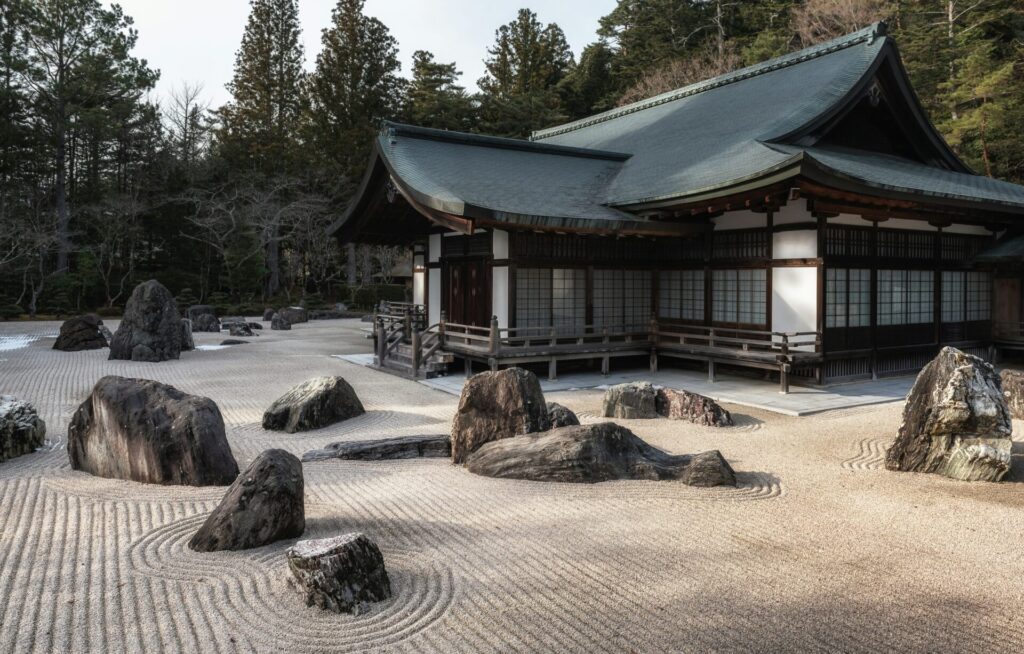
-Miyabi (雅)
Miyabi, symbolizing elegance and refinement, flourished in the Heian period among the aristocracy, favoring intricate and polished expressions in literature, poetry, painting, and even fashion. Miyabi denotes the pursuit of beauty not through lavish decoration but through sophisticated subtlety, embodying a refined aspect of Japanese culture.
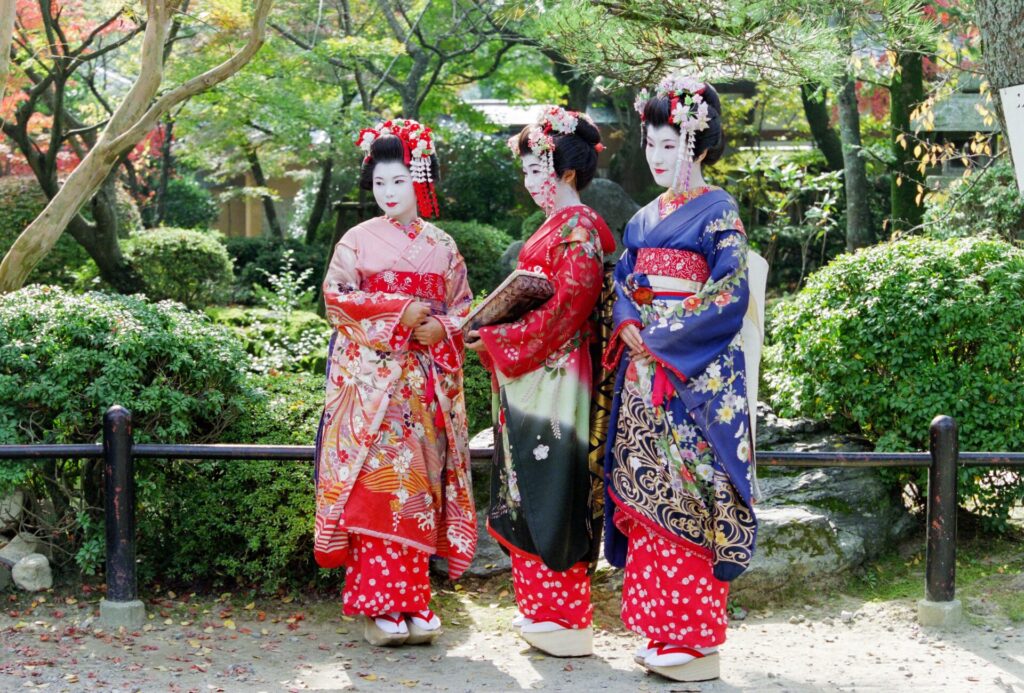
-Fūryū (風流)
Fūryū conveys a love for the refined pleasures within the harmony of nature, appreciating the seasons’ transitions through poetry and garden design. It reflects the deep affection and respect the Japanese have for nature, seeking profound insights into life through its beauty.
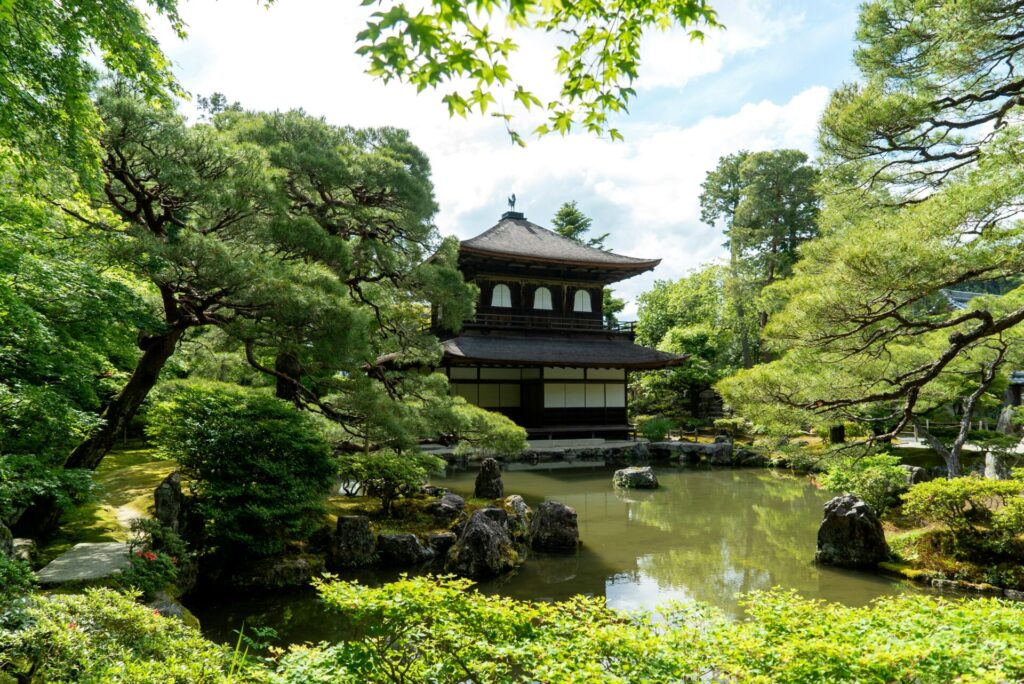
-Fūzei (風情)
Fūzei captures the unique atmosphere or charm of a place or moment, especially emphasizing the seasonal characteristics in landscapes and events. For instance, the ambiance of a long autumn night walking through fallen leaves or the serene silence of a temple blanketed in snow illustrates this aesthetic.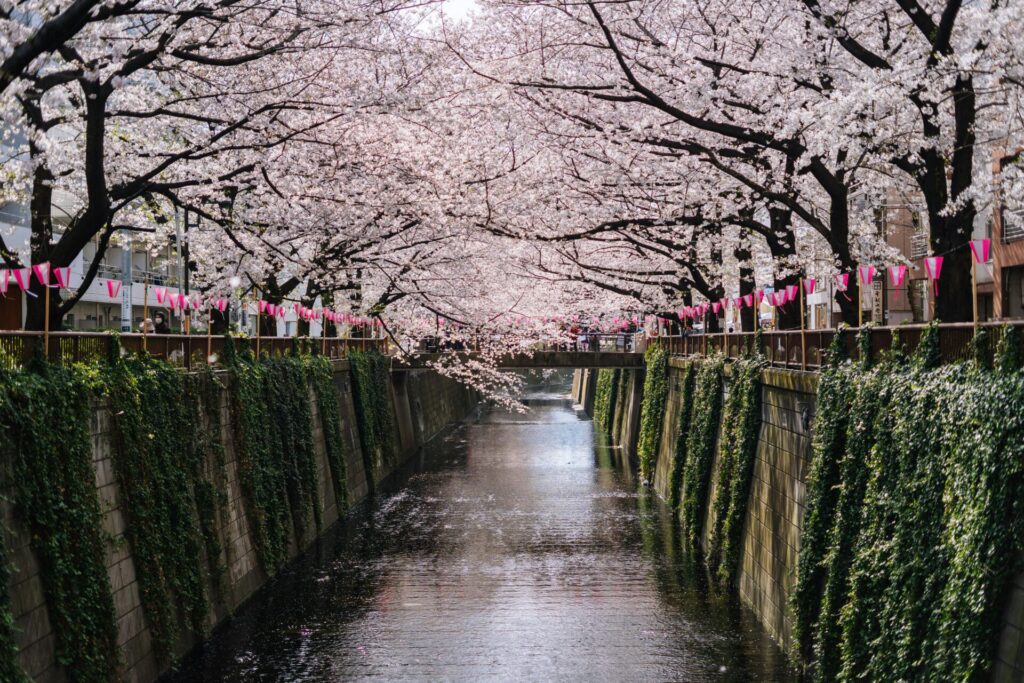
-Yūgen (幽玄)
Yūgen is about sensing the profound depth of beauty that lies beyond the visible, pointing to a world of deep, mysterious allure. It favors implication and allegory over direct expression, resonating deeply within the observer’s heart, seen in Japanese painting, literature, and Noh theater.
-Iki (粋)
Iki represents an urban sophistication and an effortless sense of style, focusing on the essence of beauty by stripping away the superfluous. Emblematic of Edo culture, iki is seen in the simple yet refined style, such as in the patterns of a kimono, valuing a natural demeanor with a unique aesthetic sense.
The Roots of Contemporary Japanese Aesthetics
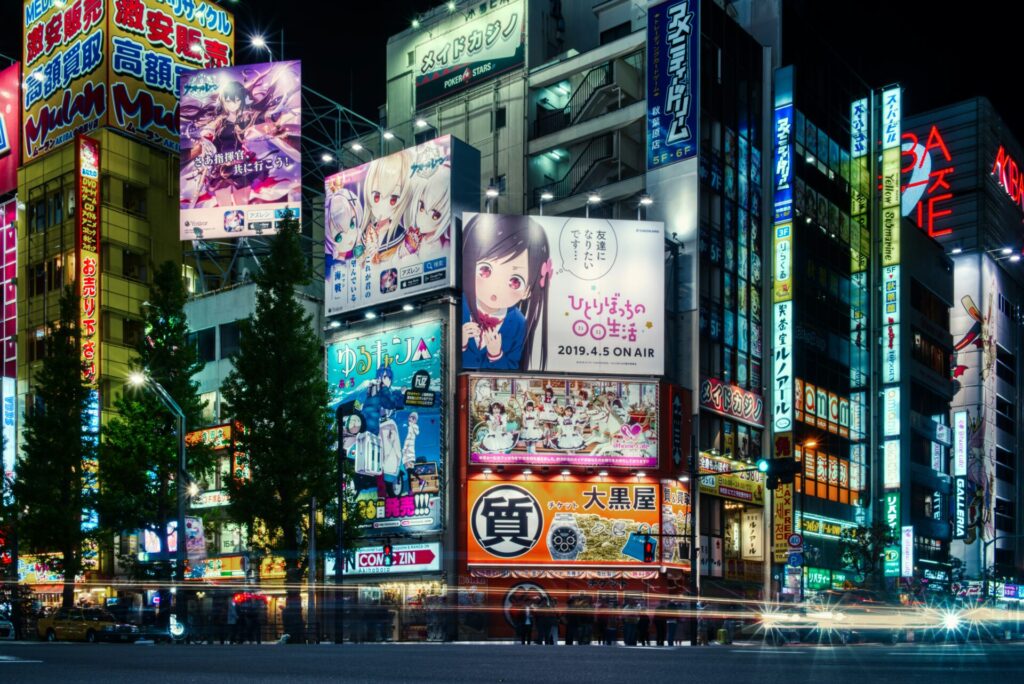 Contemporary Japanese aesthetics are grounded in a unique sensibility formed through historical background and cultural evolution. The concept of “kawaii,” for example, has evolved from notions of beauty in classical literature like “The Pillow Book(枕草子)” to become a recognized culture by the Taisho period.
Contemporary Japanese aesthetics are grounded in a unique sensibility formed through historical background and cultural evolution. The concept of “kawaii,” for example, has evolved from notions of beauty in classical literature like “The Pillow Book(枕草子)” to become a recognized culture by the Taisho period.
This development deeply intertwines with the traditional Japanese penchant for miniaturization, seen in haiku poetry, manga characters, and technological innovations like the Walkman, playing a significant role in shaping the “kawaii” culture.
Contemporary Japanese Aesthetics
While deriving from traditional values, contemporary Japanese aesthetics have also embraced new cultural influences, particularly evident across anime, manga, fashion, and subculture.
-Kawaii (かわいい)
“Kawaii” is an aesthetic widely recognized both within and outside Japan, signifying an affection for cute, innocent characters or objects. It permeates fashion, product design, and
character creation, with iconic characters like Hello Kitty and Pokémon serving as emblems of this culture.
-Moe (萌え)
“Moe” refers to the passionate affection or strong emotional response to anime or manga characters, often associated with specific character traits like glasses or twin tails. This culture plays a crucial role in community formation among fans, influencing activities like doujinshi creation and cosplay.
-Shibui (渋い)
“Shibui” describes the aesthetic of mature elegance and understated taste, often found in fashion, art, and music, symbolizing the refined allure of adulthood. In Japan, this sensibility is valued not only in classical arts and traditional performances but also in contemporary design and entertainment.
-Surreal (シュール)
In Japan, the “surreal” aesthetic encompasses humor amid absurdity and strangeness, prevalent in art, movies, and manga, presenting imaginative worlds that step slightly out of the everyday. It often expresses societal contradictions and ironies in unique ways.
Conclusion
The aesthetic principles of Japan are a fusion of ancient traditions grounded in harmony with nature and religious values, and modern sensibilities arising from pop culture. Traditional concepts like wabi-sabi, miyabi, and yugen have emerged from a profound love of nature and a spiritual quest for the essence of things. In contrast, contemporary aesthetics like kawaii and moe reflect Japan’s unique contribution to global pop culture.
The interplay of traditional and modern sensibilities showcases the diversity and richness of Japanese culture, promising continual evolution in its aesthetic expressions amidst the changing tides of time.

